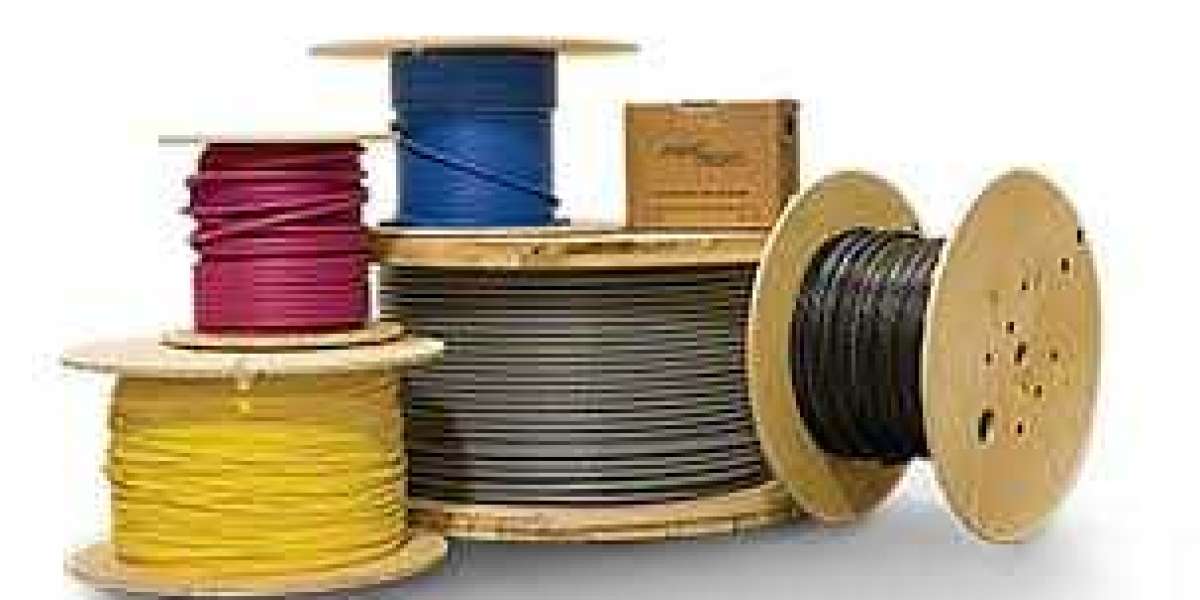With the increasing popularity of 3D printing technology today, PLA (polylactic acid) filament, as a commonly used printing material, is favored for its biodegradability and good printing performance. However, when printing with bulk PLA filaments, interruption problems often plague users, affecting printing efficiency and finished product quality.
First of all, the storage conditions have a crucial impact on the performance of PLA filament. PLA material is relatively sensitive to humidity, and the wet environment is easy to cause the filament to absorb water, resulting in bubbles or even fractures during the printing process. Therefore, the storage of PLA filament should ensure a dry environment to avoid direct exposure to humid air. It can be stored in a sealed bag or a drying box, and a desiccant can be placed in the bag to absorb residual moisture. In addition, storing the filament in a high temperature environment should be avoided, because high temperature may accelerate the aging of PLA, making it brittle and brittle.
Secondly, the preparation before printing is also crucial. Before you start printing, make sure the printing bed and nozzle are clean. Residual material or impurities can cause the filament to fail to transport properly, causing disruption. In addition, check whether the path of the filament is smooth and whether the guide tube is blocked or bent, which may hinder the smooth transmission of the filament. For printers that have not been used for a long time, it is recommended to test them in advance to ensure the normal operation of the mechanical structure.
In terms of print parameter setting, reasonable selection can effectively reduce the occurrence of interruptions. Printing too fast may cause the filament to fail to melt in time, creating a blockage inside the extruder. It is recommended to select the appropriate printing speed depending on the printer and filament characteristics used, and ensure that the temperature setting of the extruder is appropriate. Too low or too high a temperature will affect the flow and adhesion of the filament, which will lead to print interruption. In addition, proper pull-back Settings can help reduce the phenomenon of blanks due to material relaxation.
Material quality is also one of the important factors affecting the interruption problem. High-quality PLA filament usually have better uniformity and stability, which can reduce unexpected conditions during printing. It is recommended to choose a reputable supplier, and pay attention to check whether the diameter of the filament is uniform and whether there are obvious quality defects. Before using a new batch of filament, it is best to conduct a small scale test to ensure its compatibility and stability.
Finally, maintenance and upgrading of equipment is also an effective means to reduce disruption problems. Regular maintenance of the printer, clean transmission parts and extruders, check the wear of each part, and timely replacement of aging or damaged parts. For printers with frequent interruption problems, consider upgrading their hardware, such as replacing a more stable extruder or adding a filament tension regulation device.
In short, to reduce the interruption problem of bulk PLA filament, it is necessary to comprehensively consider storage conditions, pre-printing preparation, parameter setting, material selection and equipment maintenance. By optimizing these processes, you can significantly improve the success rate of printing and reduce the time and material loss due to interruption problems. It is hoped that the above methods can help 3D printing enthusiasts who encounter similar problems and promote the further development and application of 3D printing technology.



